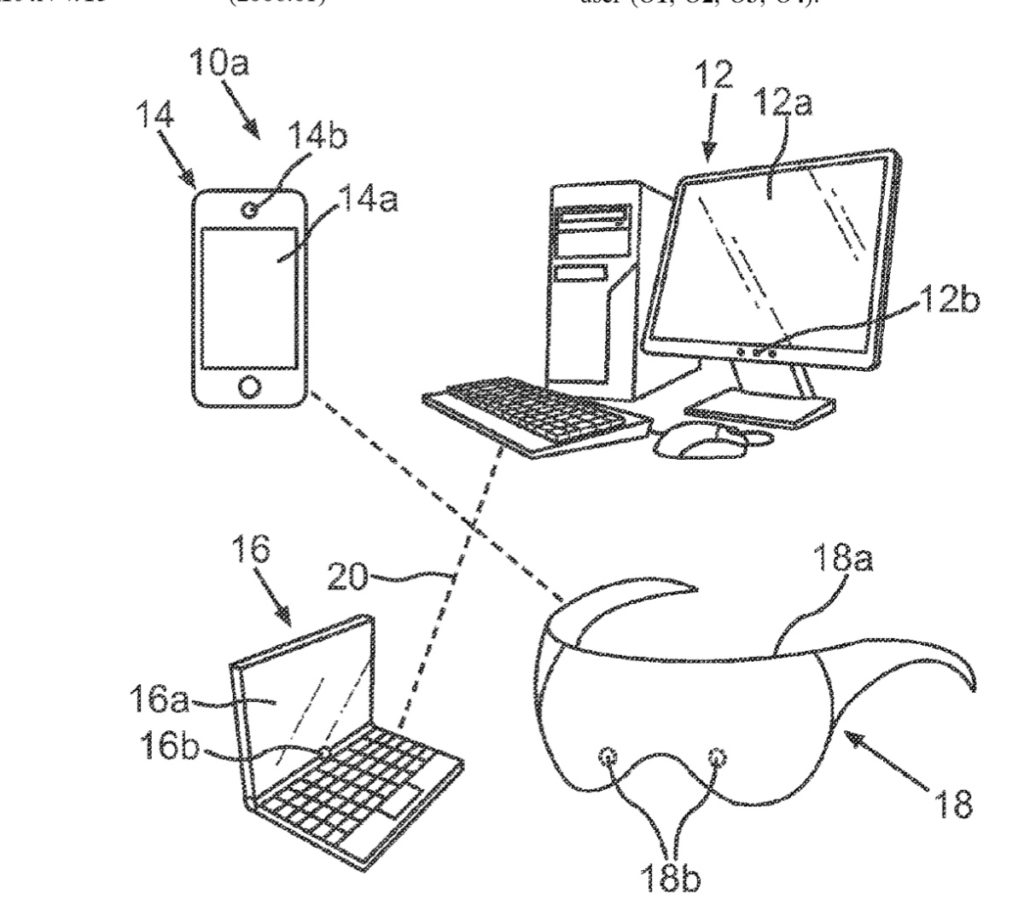Apple has filed for a patent (number 20220076478) for a “communication system and method for providing a bionic virtual meeting room.”
About the patent filing
The invention relates to a method for operating a communication system for providing a virtual meeting of at least two users. The virtual meeting space is displayed on the at least one second display device.
The communication devices related to the virtual meeting room may be computers (Macs), mobile virtual reality or augmented reality glasses (the rumored “Apple Glasses), tablets (iPads) or smart phones (iPhones). The devices can be communicatively coupled for example over a network, like the internet.
In the patent filing, Apple says the main purpose of virtual realities and virtual meeting rooms would be entertainment and games. However, the tech giant says “it would be desirable to make use of such virtual realities also in other fields, especially in the field of human interaction.”
Summary of the patent filing
Following is a summary of the patent filing with some technical details: “Objects, especially virtual objects, like an avatar representing the first user, can be presented to the second user over any distance, which can advantageously be used to provide virtual meetings between different users, especially any arbitrary number of users, in a common virtual meeting room. A further great advantage of the invention is that the first object presented to the second user can be adapted to user related data, e.g. biometric characteristics of the first user, by means of the displaying characteristic.
“Therefore, any kind of objects or the avatar or the meeting space can be displayed personalized and also animated using the data related to the first user. While in most, especially gaming related situations the objective is to realize most realistic animations and representations, a special advantage of the invention is based on the finding that such a unrestrictedly realistic personalization might not be desirable or appropriate in each situation.
“Sometimes it can also be valuable to exclude certain information relating to the user related data, from being displayed or represented by the displayed object, e.g. information, which may not be relevant or even disruptive for the purpose of the meeting. Also the first user might not wish being represented personalized to others, maybe not well-known, participants of the meeting.
“Therefore, by determining the displaying characteristic according to a set degree of variance, it is possible to vary the user related data when displayed as corresponding displaying characteristic according to a certain degree, e.g. it is possible to display the first object with the displaying characteristic e.g. only with a certain level of realism, variance or abstraction, depending on the preferences of the user or the purpose of the meeting. “
Article provided with permission from AppleWorld.Today

